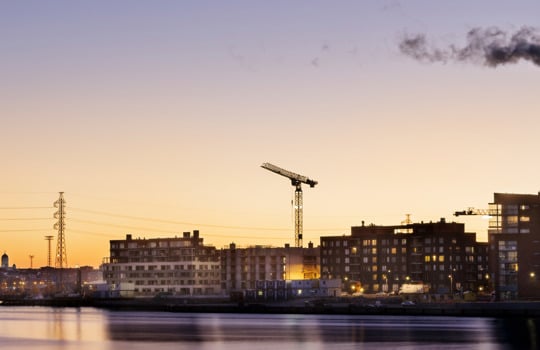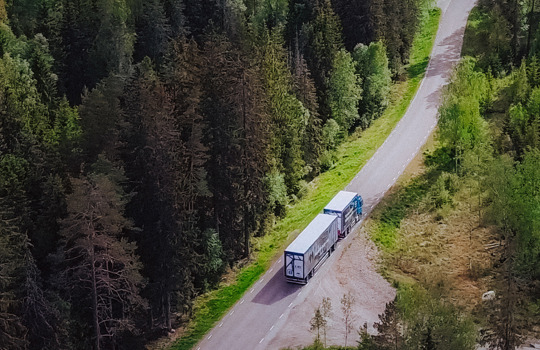To regulate or deregulate? – that is the question
A second mild winter gave relief to the European energy markets and the gas inventories have been full – is it already time for deregulation of gas storage requirements?
About a year ago, one of the executives from an US based energy company commented on the first winter season after the start of Russia’s war on Ukraine: “Hoping for a mild winter isn’t an energy policy, but it worked!”. The second mild winter in a row has again assisted the European energy market to survive the potential energy price scare.
Gas storages around Europe were filled to tank top levels. The European Union regulatory objective for 80–90% gas storage filling rates probably had a significant impact. This clearly was a required measure to handle the security of supply aspects of European energy needs. Was this the factor that also directed the European energy prices towards lower levels? Maybe. Could there be other explanations as well? Yes.
Industrial gas demand is down by 15%
The European energy market has continued the transition path towards a cleaner energy future. There has been more and more renewable energy production coming online. Gas is still an important part of the energy spectrum; however, its role is slowly, but surely diminishing. Even the cleanest fossil fuel, natural gas, will be phased out in Europe during the next decades.
The growth in industrial demand of gas is muted. Compared to the average between the years 2016–2021, industrial gas demand is down by 15%. With these figures in mind, is there still a need for regulation related to gas storage requirements? As interest rates have been increasing significantly during the past year, the working capital tied to inventory is burdening the economics of European energy intensive industry. Is regulation the right path to handle security of supply?
"One could argue that reducing the use of gas might incentivize the continuing usage of more polluting energy sources. This is naturally not the purpose, but it just shows the complexity of regulation."
Europe has been building its LNG infrastructure to tackle the loss of Russian pipeline gas supplies. The investments made to floating terminals or FSRUs and LNG receiving terminal capacity have been significant. Increased pipeline gas deliveries from Norway and significant increase of US LNG imports have filled the gap.
This is an excellent example of a good cooperation between governmental operators and private-sector market players. The supply infrastructure build-up coupled with ample LNG deliveries are sufficient to manage the security of supply.
Threats of increasing emissions and reduced solidarity
As part of the regulatory package, the EU Council also agreed on extending its member states' voluntary 15% gas demand reduction commitments by another year to facilitate filling storage sites as security of supply remains "delicate". Is this contradictory to the carbon reduction targets? One could argue that reducing the use of gas might incentivize the continuing usage of more polluting energy sources. This is naturally not the purpose, but it just shows the complexity of regulation.
As one worrying consequence of the financial burden of storage requirements, some countries recently introduced or have considered introducing fees collected at gas interconnection points. The fees are meant to finance the costs of strategic, national gas stocks. Energy Traders Europe has been advocating against these fees as the organization sees the measures increasing the market fragmentation and reducing solidarity, which could increase the price spreads between countries.
At a time when energy solidarity is critical and the geopolitical situation continues to be challenging, we must not forget the long-term target to reach net zero goals and a greener future. Europe should work together towards this common goal by providing less regulation and more cooperation.
Jouni Liimatta, Head of Trading & Optimizing



